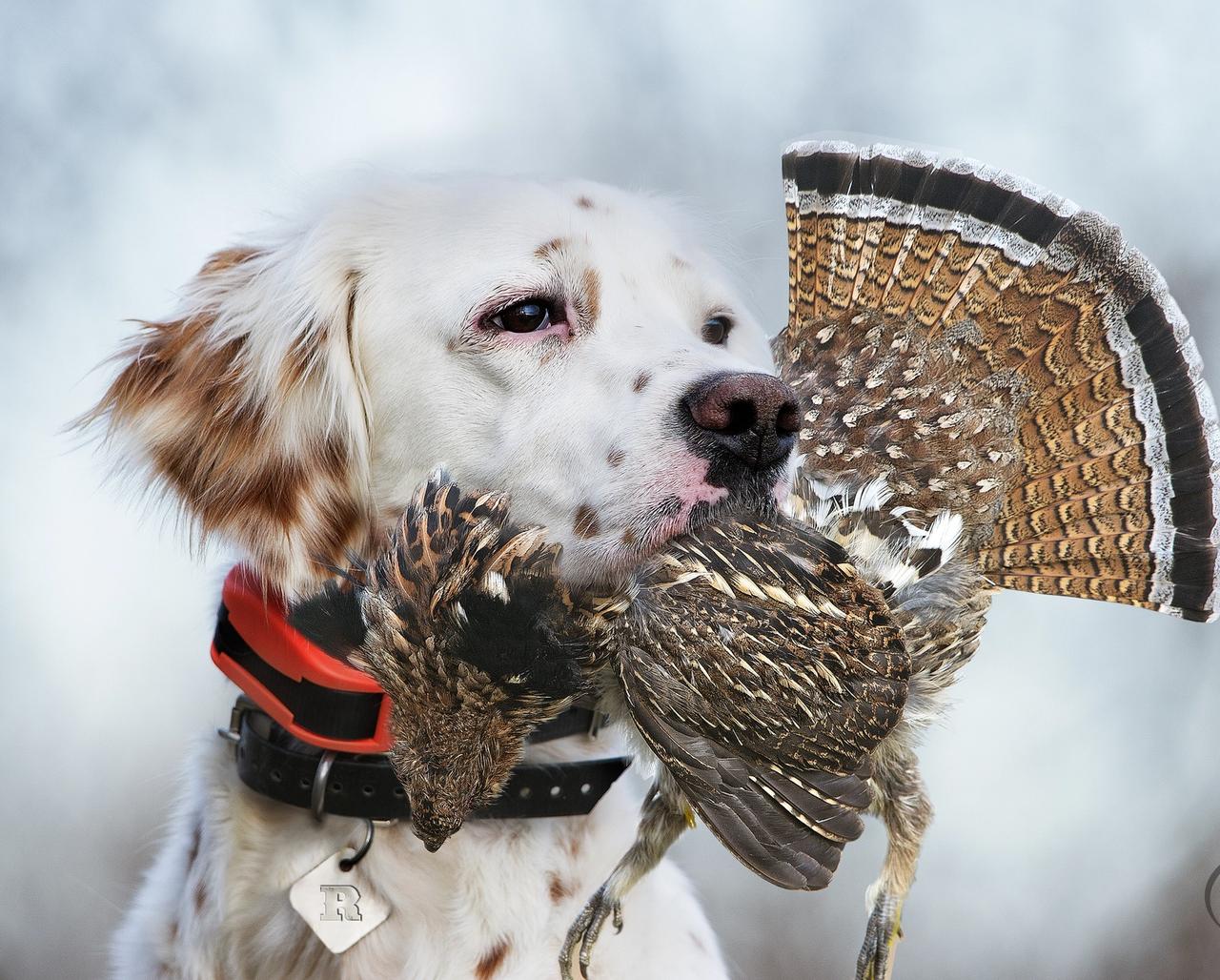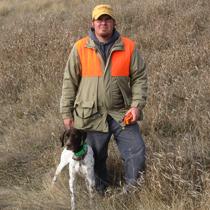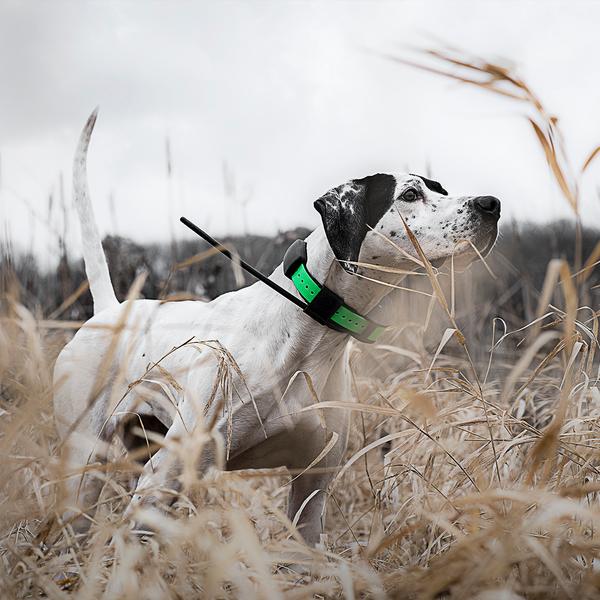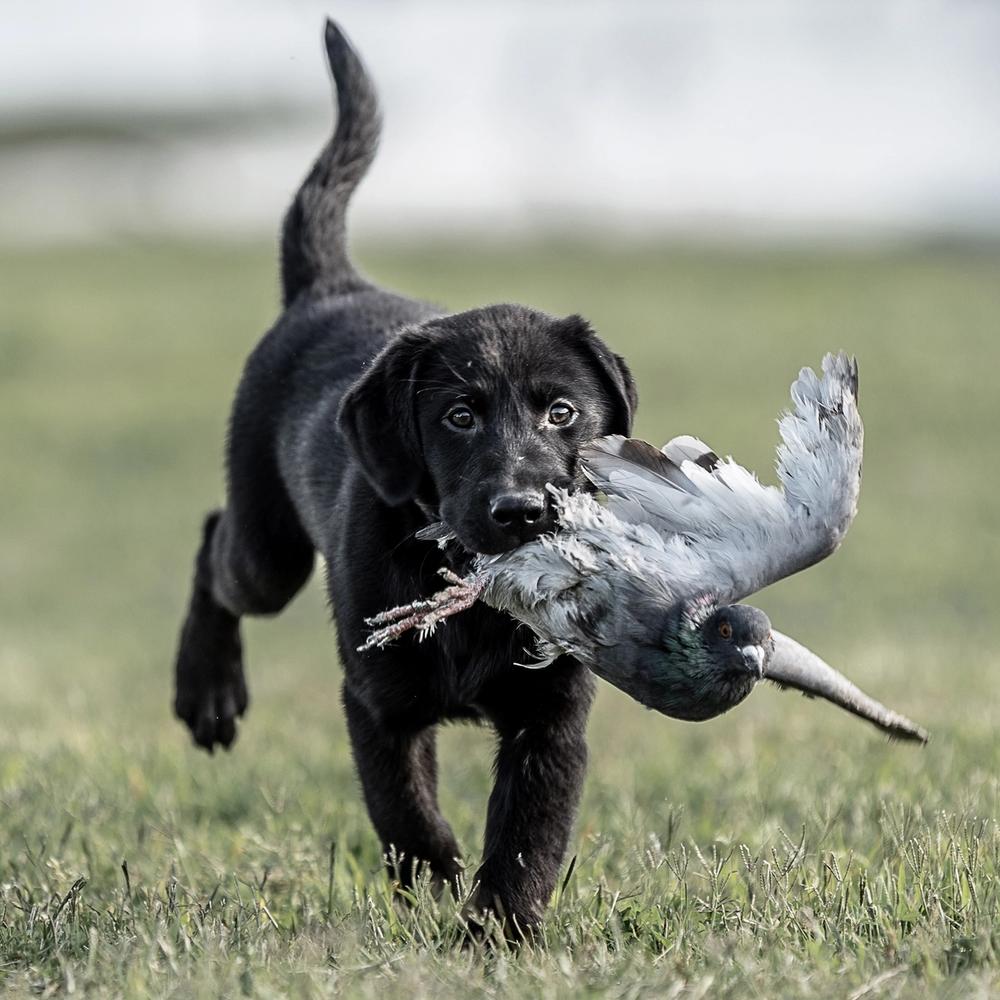
Early Season Grouse Hunting
Posted by Aaron RobinsonThe 2010 hunting season is just around the corner, and in many states the Sharp-tailed grouse and Partridge season are the first to kick off. This is where our summer dog training and conditioning finally materializes, or so we hope. Dogs at this time are usually accustomed to liberated birds or pigeons, and this may be the first time they’ve seen a wild bird. For a young dog, early season grouse hunting can provide vital experience that will lay a solid foundation for the future. Birds can be plentiful, and if you’re partial to pointing dogs, most of the birds are young of the year and uneducated which provides ample training opportunities.
On the flip side, early season grouse hunting can be challenging, and hunters and dogs need to be prepared. September weather can be extremely variable, but in most cases heat is the major challenge when hunting early season grouse. This is where the summer conditioning is very important for a successful September hunt. Many hunters spent a great deal of time conditioning their dog for the fall season, but they neglect or perhaps subconsciously forget to realize that they are going to have to follow Fido around the prairie. If they did a good job preparing their dog and not themselves, then they are in for a sore and painful opening hunt!
If this fall is your first time pursuing sharp-tails, here are a few biological facts that may assist you to a successful hunt.
First, sharp-tailed grouse are a grassland species, which means that they only persist in areas with remaining grassland habitat. The grassland ecosystem is vanishing and Nebraska, South Dakota, North Dakota, and Montana are the few remaining states with enough intact grassland to support healthy sharp-tailed grouse populations. When planning a hunt, look to those states for the best opportunity.
Second, sharp-tail hens will stay with their young late into September depending on when the brood was hatched. This is an important key to finding the areas to hunt. Hens typically will take their brood to areas with abundant forbs such as alfalfa fields or riparian draws, these areas produce lots of insects which the young rely on to grow. Additionally look for adjacent areas with shrubs, the birds will congregate in the shade to escape the heat of the day. Hunting these types of areas in early morning can provide some fantastic opportunities.
When you decide on a state to hunt remember to contact the state wildlife agencies, they can provide information on the local bird populations and regulations. Early planning can be the difference in preparing a decent hunt or a great hunt!
Always check your local and state regulations related to dog training and the use of game birds on private and public property.

Aaron Robinson
New England, ND
Aaron has a long history of dog training and upland bird hunting. His passion was so great he pursued a master’s degree in Wildlife Biology. He has an education in upland game ecology and management. He has presented numerous technical papers about upland birds. Aaron was a board member for...
Related Articles

Tips For Dove Hunting And Gun Dogs
by The SportDOG Staff
There are many things that you should do to prepare you and your dog for opening day of dove season. For most of us in the south, it is still very hot during dove season. The most important thing is to keep yourself and your dog hydrated! There are all...

Upland Hunting in High Cover - Video
by The SportDOG Staff
In this SportDOG Training Tip (originally aired on Pheasants Forever Television) SportDOG Senior Pro Staffer Tom Dokken gives tips on using remote beeper to track and train your hunting dog.

Introducing Your Retriever to Upland Hunting
by Rick Grant
One of the most common questions I’m asked when I’m doing training demonstrations for SportDOG is this one: “How do I keep my retriever hunting in range?” Without a doubt, keeping your dog from getting too far out in front of you when he gets on the scent of a...

Make Your Upland Retriever Crazy for Feathers
by Tom Dokken
There’s nothing better than a hard-charging flushing dog that is absolutely crazy for birds. But how do you make sure your young retriever will turn out like that? Here are the steps I use. You can introduce your retriever to feathers when he is very young, say up to 12 weeks....

Training Pointing Dogs with Birds - Part 1
by LTC Jim Morehouse
When SportDOG® asked me to write training articles on some of the aspects of training pointing dogs to handle birds, it seemed like a pretty easy task. As a full-time trainer and quail guide in Arizona, pointing dogs and birds are my passion. However, as I started to write about...
